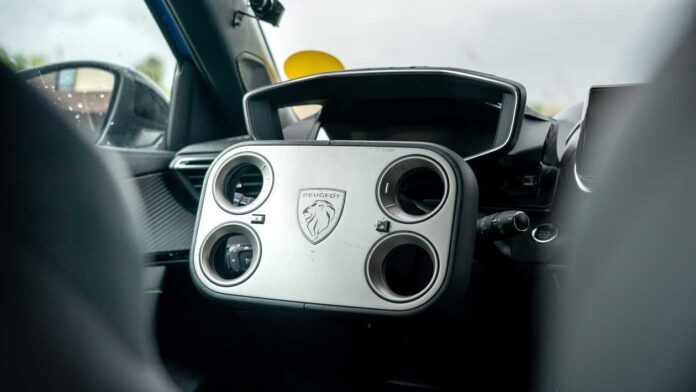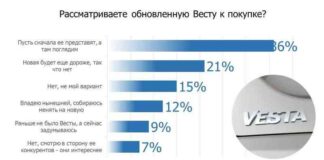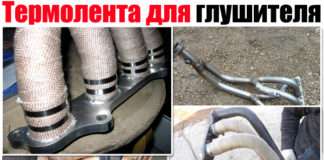Peugeot is once again pushing boundaries with its latest innovation: the Hypersquare steering system. This isn’t just a new steering wheel; it’s a complete overhaul of how drivers interact with their vehicles, moving toward a fully steer-by-wire (SBW) experience. While Peugeot has faced criticism before – notably with the controversial i-Cockpit layout – the company seems undeterred, confident that Hypersquare represents the next step in automotive evolution.
Зміст
What is Hypersquare?
Hypersquare isn’t merely a redesigned wheel; it’s a shift to a completely digital steering system. SBW eliminates the physical connection between the steering wheel and the wheels, replacing it with actuators, sensors, and electronic controls. This approach has already been explored by other manufacturers like Mercedes and Lexus, but Peugeot aims to bring this technology to a more affordable segment, debuting it in the next-generation 208 supermini in 2026.
The Benefits of Going Digital
The primary advantage of SBW lies in packaging efficiency. Removing the mechanical steering column frees up valuable space in the front end of the vehicle, simplifying design and allowing for more flexible component placement. Beyond that, engineers can eliminate noise and vibrations, and dynamically adjust the steering ratio based on speed. This means a tighter, more responsive feel at low speeds and a smoother, more relaxed experience at highway speeds.
A Radically Different Feel
The Hypersquare itself is unlike any steering wheel currently on the market. It doesn’t resemble a traditional wheel, instead presenting a unique, symmetrical design that forces drivers to adopt a specific grip. This intentional design choice raises questions about comfort and long-distance usability, as it restricts the natural hand positions many drivers prefer.
The Catch: A Disconnect from the Road
Despite the potential benefits, the Hypersquare system introduces a disconnect between driver and vehicle. The variable steering ratio, while advantageous in certain scenarios, can feel unnatural and unpredictable, especially during rapid transitions like decelerating from high speeds. This can lead to oversteering, jerky maneuvers, and a loss of confidence.
Peugeot acknowledges these compromises and has implemented a haptic feedback system to simulate the feel of a traditional steering setup. However, even with this artificial enhancement, the experience remains fundamentally different from conventional power steering.
Is it Worth the Trade-Off?
The Hypersquare system is not without its risks. The changing steering ratio and artificial feedback can feel disconcerting, especially for drivers accustomed to a more direct connection with the road. Peugeot insists that this is a natural step forward, but the system’s success hinges on whether drivers can adapt to its unique feel.
The Verdict
The Peugeot Hypersquare is a bold experiment that could redefine the driving experience. It offers tangible benefits in packaging, comfort, and customization. However, the system’s reliance on artificial feedback and variable steering ratios raises legitimate concerns about driver confidence and road feel.
Peugeot’s decision to offer both Hypersquare and traditional steering options is a smart move, allowing drivers to choose the experience that best suits their preferences. Ultimately, the Hypersquare’s success will depend on whether drivers embrace its futuristic approach or stick with the familiar feel of a conventional steering wheel























